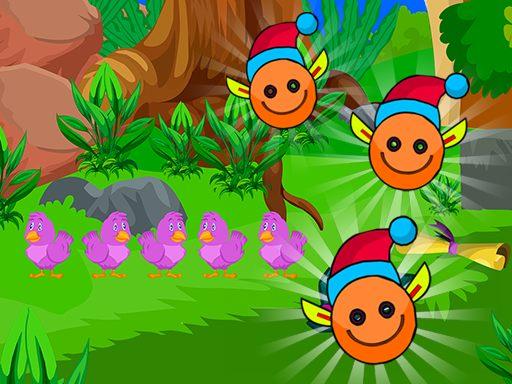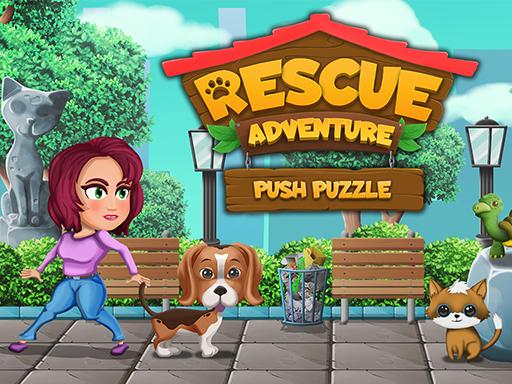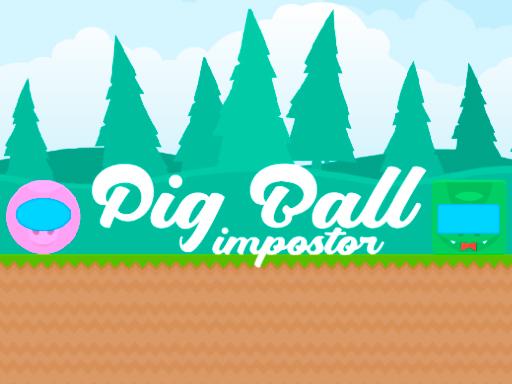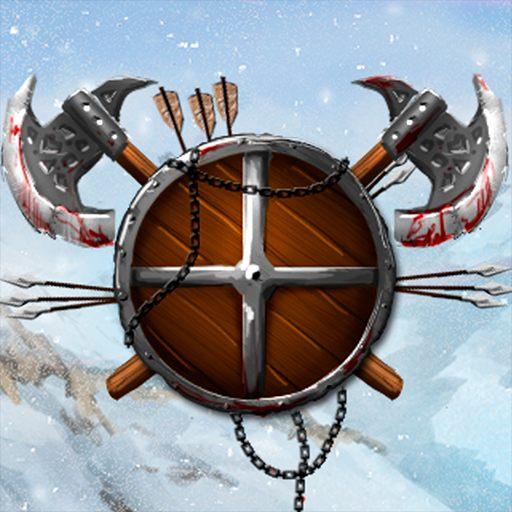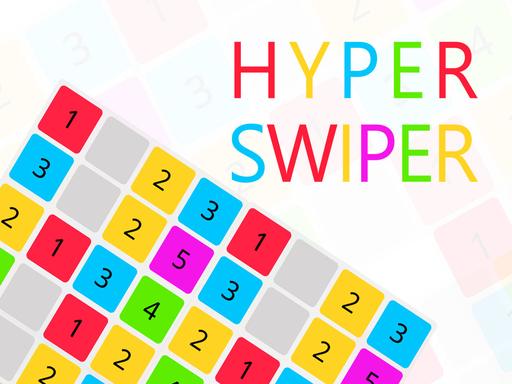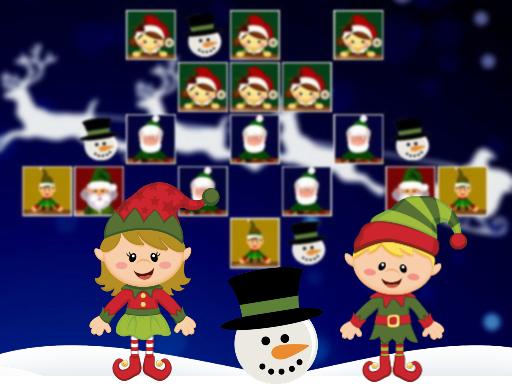Cube Adventure
Introduction and How to Play “Cube Adventure”
Introduction to “Cube Adventure”
“Cube Adventure” is an exciting puzzle and platform game that offers players a unique and engaging gaming experience. In this game, players control a small cube navigating through a series of challenging levels filled with obstacles, puzzles, and traps. With its colorful, minimalist graphics and fast-paced gameplay, “Cube Adventure” combines elements of logic, reflexes, and creativity, making it a compelling game for players of all ages.
The core objective of the game is to guide the cube through various levels, avoiding hazards and solving puzzles to reach the end of each stage. The levels grow increasingly complex as you progress, introducing new mechanics and requiring strategic thinking to succeed. The game is designed to challenge both your problem-solving skills and your ability to react quickly to ever-changing situations.
In this article, we’ll walk you through the mechanics of “Cube Adventure,” how to play the game, and provide tips to help you become a master of this cube-filled world.
Gameplay Concept and Mechanics
“Cube Adventure” is structured around navigating your cube through different environments and overcoming obstacles by using various in-game mechanics. While the core gameplay remains simple, the combination of platforming and puzzle-solving elements keeps the game fresh and engaging as you progress.
How to Play “Cube Adventure”
- The Objective:
- The main goal of the game is to guide your cube from the starting point to the exit of each level. However, this task isn’t always straightforward. The cube must navigate through a series of obstacles, traps, and puzzles while avoiding dangers like spikes, moving platforms, or enemy creatures that can cause you to fail the level.
- Some levels may require players to solve puzzles to unlock gates, move platforms, or activate switches to continue advancing.
- Controls and Movement:
- In “Cube Adventure,” movement is typically controlled using arrow keys, WASD, or a virtual joystick (depending on the platform). The cube moves forward, backward, and can jump, slide, or sometimes even rotate to overcome obstacles.
- Jumping: The cube may need to jump over gaps, obstacles, or onto higher platforms. Timing your jumps correctly is key to avoiding falling or hitting obstacles.
- Rotating (in some versions): Certain versions of the game may include a mechanic where the cube can rotate to access different sides of the environment, adding a layer of strategy and complexity to the gameplay.
- Levels and Difficulty Progression:
- The game is divided into levels, each presenting a unique set of challenges. Early levels tend to be simple, with basic obstacles and straightforward paths. However, as you progress, the levels become more intricate, with multiple paths, more difficult puzzles, and advanced challenges such as moving platforms, rotating walls, and timed traps.
- Puzzle Elements: Some levels include puzzle mechanics, such as unlocking doors, moving blocks, or activating switches that open new areas. These puzzles often require logical thinking and careful planning to solve.
- Hazards: Throughout the game, you will encounter various hazards such as spikes, falling objects, fire pits, or enemies. Touching these hazards will result in losing the level, and you’ll need to restart from the beginning or a checkpoint.
- Power-ups and Collectibles:
- As you progress, you may come across power-ups or collectibles that can aid you in your journey. These might include:
- Speed boosts that help the cube move faster.
- Shields that protect you from damage for a limited time.
- Keys or coins that unlock new levels, skins, or abilities.
- Collecting these items is optional but can be essential to completing more difficult levels or unlocking new content.
- As you progress, you may come across power-ups or collectibles that can aid you in your journey. These might include:
- Time Limits:
- Some levels in “Cube Adventure” may feature a time limit, adding an extra layer of pressure to complete the level within a certain period. This can require quick thinking and precise timing to avoid hazards and solve puzzles swiftly.
- Checkpoints:
- To help players avoid having to restart an entire level, “Cube Adventure” typically includes checkpoints. These checkpoints save your progress at certain points in a level, allowing you to pick up where you left off after a failure, without needing to redo the entire stage.
Key Features of “Cube Adventure”
- Engaging Puzzle Elements:
- The game features intricate puzzles that require logic and creative thinking. Some levels may require players to move blocks, find hidden paths, or activate switches in a specific sequence to progress.
- Challenging Obstacles:
- The game includes a variety of obstacles that will test your reflexes, timing, and spatial awareness. From jumping over gaps to avoiding enemies and spikes, players will need to be quick and precise to succeed.
- Minimalist Graphics:
- “Cube Adventure” typically uses a minimalist art style, focusing on vibrant colors, simple geometric shapes, and clear environmental designs. This makes it visually appealing and easy to navigate without distracting the player from the gameplay.
- Progressive Difficulty:
- As you advance through the game, the difficulty increases with more complex puzzles, faster-moving hazards, and new mechanics. This ensures the game remains fresh and challenging as players move through each level.
- Multiple Game Modes:
- Depending on the version, “Cube Adventure” may offer different game modes, such as time trials, endless levels, or challenges where players can compete for the fastest time or highest score.
- Unlockable Content:
- Players can unlock new skins, levels, or abilities as they progress through the game. This gives the game replayability and provides incentives to complete more challenges.
Tips for Playing “Cube Adventure”
- Take Your Time with Puzzles:
- Some levels require solving puzzles or finding hidden items. Don’t rush through these sections. Take your time to think about the best solution, as there’s often more than one way to tackle a challenge.
- Master the Jumping Mechanics:
- Jumping is an essential part of “Cube Adventure.” Practice timing your jumps and understanding how the cube interacts with platforms. Some jumps might require more precision than others.
- Watch for Moving Hazards:
- Moving obstacles, such as rotating walls or platforms, can be tricky. Pay attention to their patterns, and wait for the right moment to make your move. Rushing can result in falling or getting hit by an obstacle.
- Use Checkpoints to Your Advantage:
- Take advantage of checkpoints to save your progress. If you fail in the middle of a level, don’t be discouraged. Restarting from a checkpoint is much less frustrating than starting over from the beginning.
- Explore for Hidden Items:
- Keep an eye out for power-ups, collectibles, or secret paths that may help you complete the level more easily. These items can also unlock additional content or levels.
- Keep Practicing:
- As you progress, the difficulty ramps up. Don’t get discouraged if a level seems too hard. With practice, you’ll improve your timing and puzzle-solving skills.
Conclusion
“Cube Adventure” is a captivating and challenging game that offers a fresh take on platforming and puzzle mechanics. Its simple yet engaging gameplay, combined with intricate levels and a variety of obstacles, makes it a highly enjoyable experience for players looking for both a mental and physical challenge. Whether you’re jumping over traps, solving puzzles, or avoiding enemies, each level offers a new challenge that keeps you on your toes.
The game’s minimalist graphics, progressive difficulty, and unlockable content ensure that it remains engaging throughout. So, if you’re ready to embark on an adventure filled with cube-shaped challenges and puzzles, grab your controller, solve those puzzles, and guide your cube to victory in “Cube Adventure”!

